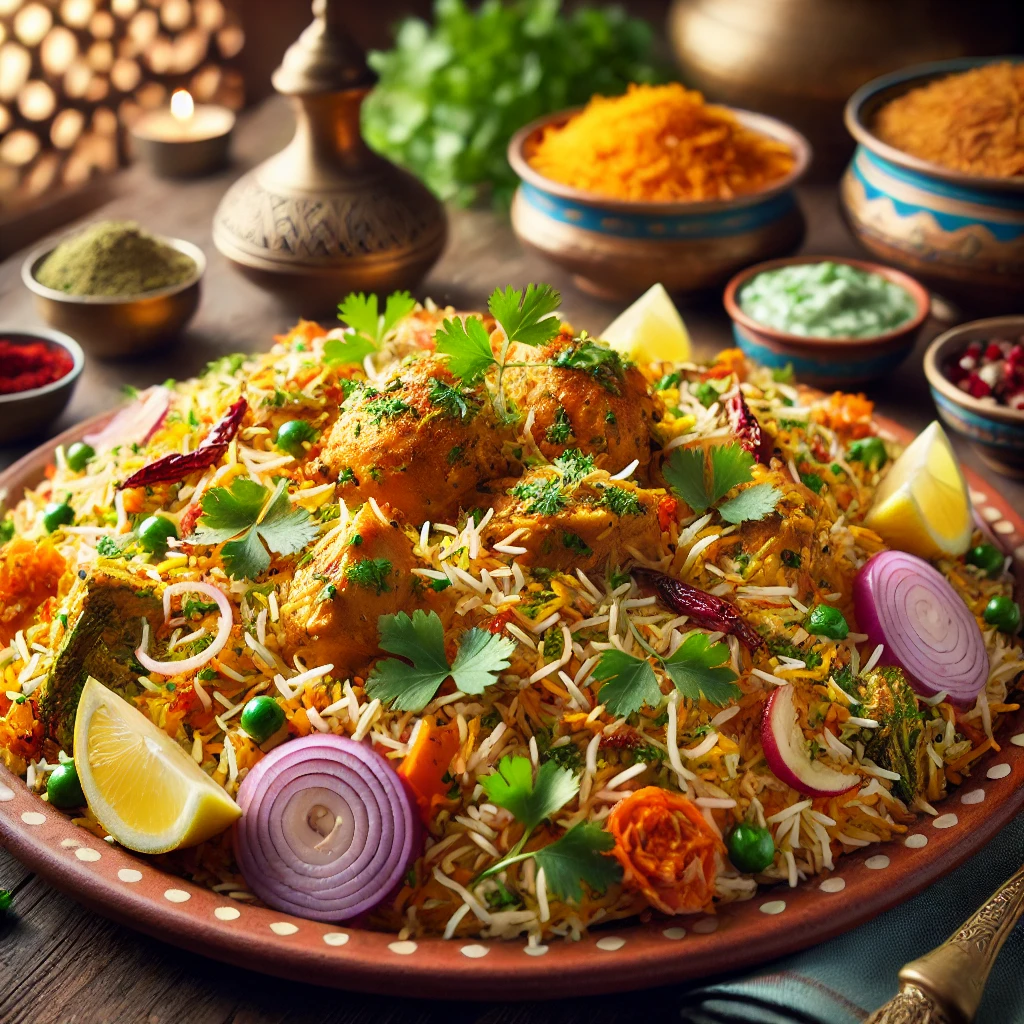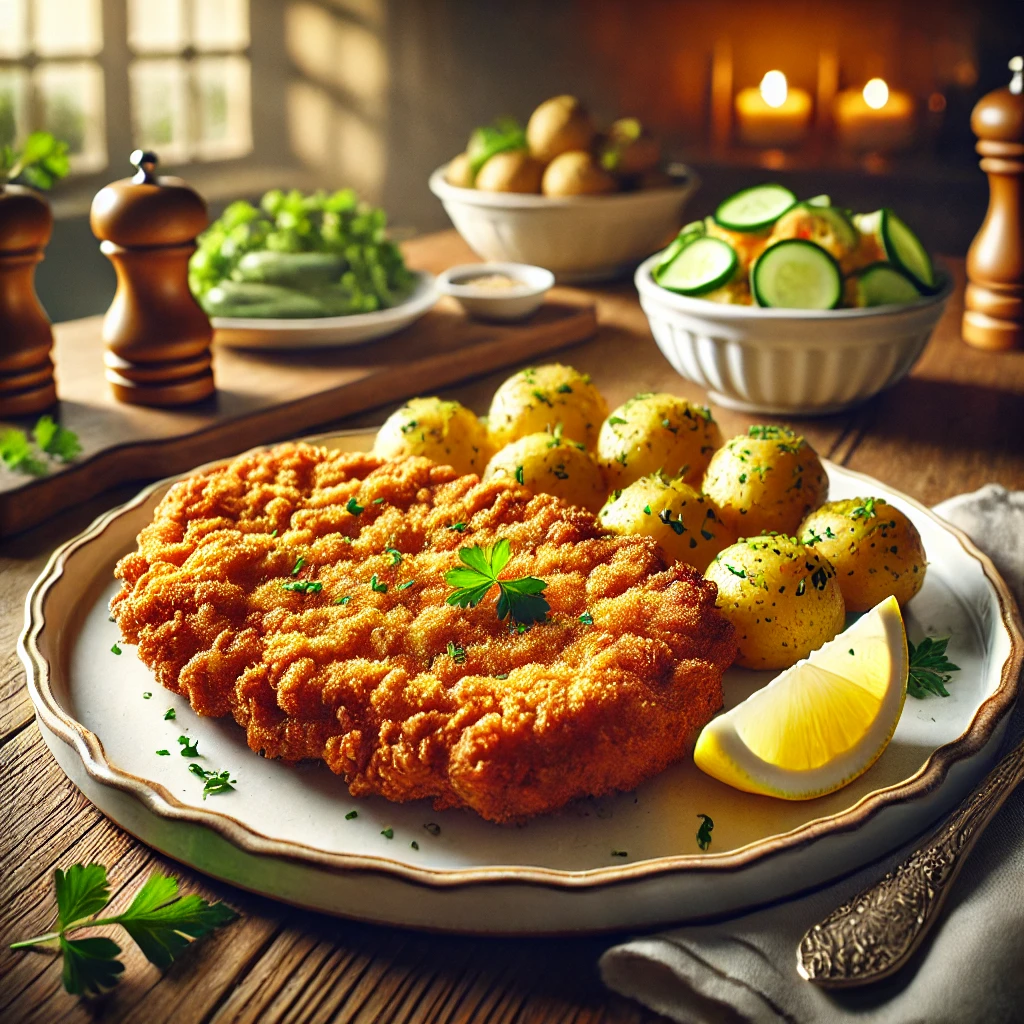North Africa: Unveiling the Aromatic Magic of Moroccan Tagine
There’s something truly mesmerizing about the rich, aromatic allure of a bubbling Moroccan Tagine. I vividly remember the first time I visited my friend Amina’s family in Marrakech, where her mother would prepare this exquisite dish every weekend. The kitchen was filled with the enchanting scents of saffron, cumin, and preserved lemons as the tagine slowly simmered, creating an inviting atmosphere that brought the whole family together. This Moroccan Tagine Recipe has been lovingly passed down through generations, cherished by many, and remains a beloved staple in homes and restaurants across North Africa.
Tagine isn’t just a meal; it’s a cultural masterpiece that embodies the heart and soul of Moroccan cuisine. Especially prevalent in regions like Marrakech, Fes, and Casablanca, each tagine tells a story of heritage, tradition, and culinary artistry. Whether you’re hosting a festive gathering, enjoying a cozy family dinner, or exploring new flavors, this Moroccan Tagine Recipe captures the timeless appeal and regional significance that have made it a North African classic adored worldwide.
Ingredients
For the Tagine:
- 2 tablespoons olive oil
- 1 large onion, thinly sliced
- 3 cloves garlic, minced
- 1 tablespoon fresh ginger, grated
- 1 teaspoon ground cumin
- 1 teaspoon ground coriander
- 1 teaspoon paprika
- ½ teaspoon ground cinnamon
- ¼ teaspoon cayenne pepper (optional, for heat)
- 1 pound chicken thighs or lamb, cut into chunks
- 2 large carrots, peeled and sliced
- 1 large sweet potato, peeled and cubed
- 1 can (14 oz) chickpeas, drained and rinsed
- 1 can (14 oz) diced tomatoes
- 1 cup chicken or vegetable broth
- 1 preserved lemon, quartered and rinsed
- 1 handful dried apricots or prunes
- Salt and freshly ground black pepper to taste
- Fresh cilantro or parsley, chopped for garnish
For Serving:
- Couscous or crusty bread
- Toasted almonds or sesame seeds (optional)
Instructions
Preparing the Aromatic Base
- Heat the Olive Oil: In a large tagine or a heavy-bottomed pot, heat 2 tablespoons of olive oil over medium heat.
- Sauté Onions and Garlic: Add the thinly sliced onion to the pot and sauté until it becomes soft and translucent, about 5 minutes. Stir in 3 cloves of minced garlic and 1 tablespoon of grated fresh ginger, cooking for another 2 minutes until fragrant.
- Add Spices: Sprinkle in 1 teaspoon of ground cumin, 1 teaspoon of ground coriander, 1 teaspoon of paprika, ½ teaspoon of ground cinnamon, and ¼ teaspoon of cayenne pepper if using. Stir well to coat the onions and garlic with the spices, allowing them to toast slightly for about 1 minute.
Building the Tagine
- Brown the Meat: Add the 1 pound of chicken thighs or lamb chunks to the pot. Season with salt and freshly ground black pepper. Cook the meat until it is browned on all sides, about 5-7 minutes.
- Incorporate Vegetables and Legumes: Stir in the sliced carrots, cubed sweet potato, and chickpeas. Mix well to combine with the meat and spices.
- Add Tomatoes and Broth: Pour in the 1 can of diced tomatoes and 1 cup of chicken or vegetable broth. Stir to ensure everything is evenly distributed.
- Add Preserved Lemon and Dried Fruits: Nestle the quartered preserved lemon and handful of dried apricots or prunes into the mixture. These ingredients infuse the tagine with a unique balance of tangy and sweet flavors.
- Simmer the Tagine: Reduce the heat to low, cover the tagine with its lid, and let it simmer gently for 1.5 to 2 hours, or until the meat is tender and the flavors have melded beautifully. Stir occasionally to prevent sticking and ensure even cooking.
Final Touches
- Adjust Seasoning: Taste the tagine and adjust the seasoning with additional salt and pepper if necessary.
- Garnish and Serve: Remove the tagine from heat and garnish with fresh cilantro or parsley. For an added crunch, sprinkle with toasted almonds or sesame seeds if desired.
Tips for the Perfect Moroccan Tagine
- Use Authentic Spices: High-quality, freshly ground spices make a significant difference in the depth and richness of your tagine.
- Preserved Lemon: Don’t skip the preserved lemon; its unique flavor is essential for an authentic taste. If unavailable, add a squeeze of fresh lemon juice and zest as a substitute.
- Slow Cooking: Allowing the tagine to cook slowly over low heat ensures that the meat becomes tender and the flavors fully develop.
- Crispy Base: If using a traditional tagine pot, ensure the base is properly heated to create a slightly crispy layer at the bottom, adding texture to the dish.
- Fresh Herbs: Adding fresh herbs just before serving preserves their vibrant flavor and color.
Variations and Substitutions
- Vegetarian Tagine: Replace the meat with a variety of vegetables like eggplant, zucchini, and bell peppers. Add extra chickpeas or lentils for protein.
- Seafood Tagine: Substitute chicken or lamb with seafood such as shrimp, mussels, and fish for a lighter version.
- Spicy Tagine: Increase the amount of cayenne pepper or add chopped fresh chili peppers to give your tagine an extra kick.
- Different Fruits: Experiment with dried fruits like raisins or apricots to vary the sweetness in your tagine.
- For more information visit the Moroccan Tagine Wiki page
Enjoying Your Moroccan Tagine
Serve your Moroccan Tagine with a side of fluffy couscous or crusty bread to soak up the flavorful sauce. A fresh green salad with a light vinaigrette complements the rich, savory flavors of the tagine. Pair the meal with a glass of chilled Moroccan mint tea or a crisp white wine to enhance the dining experience. This dish is perfect for any occasion, bringing a touch of North African warmth and tradition to your table.







